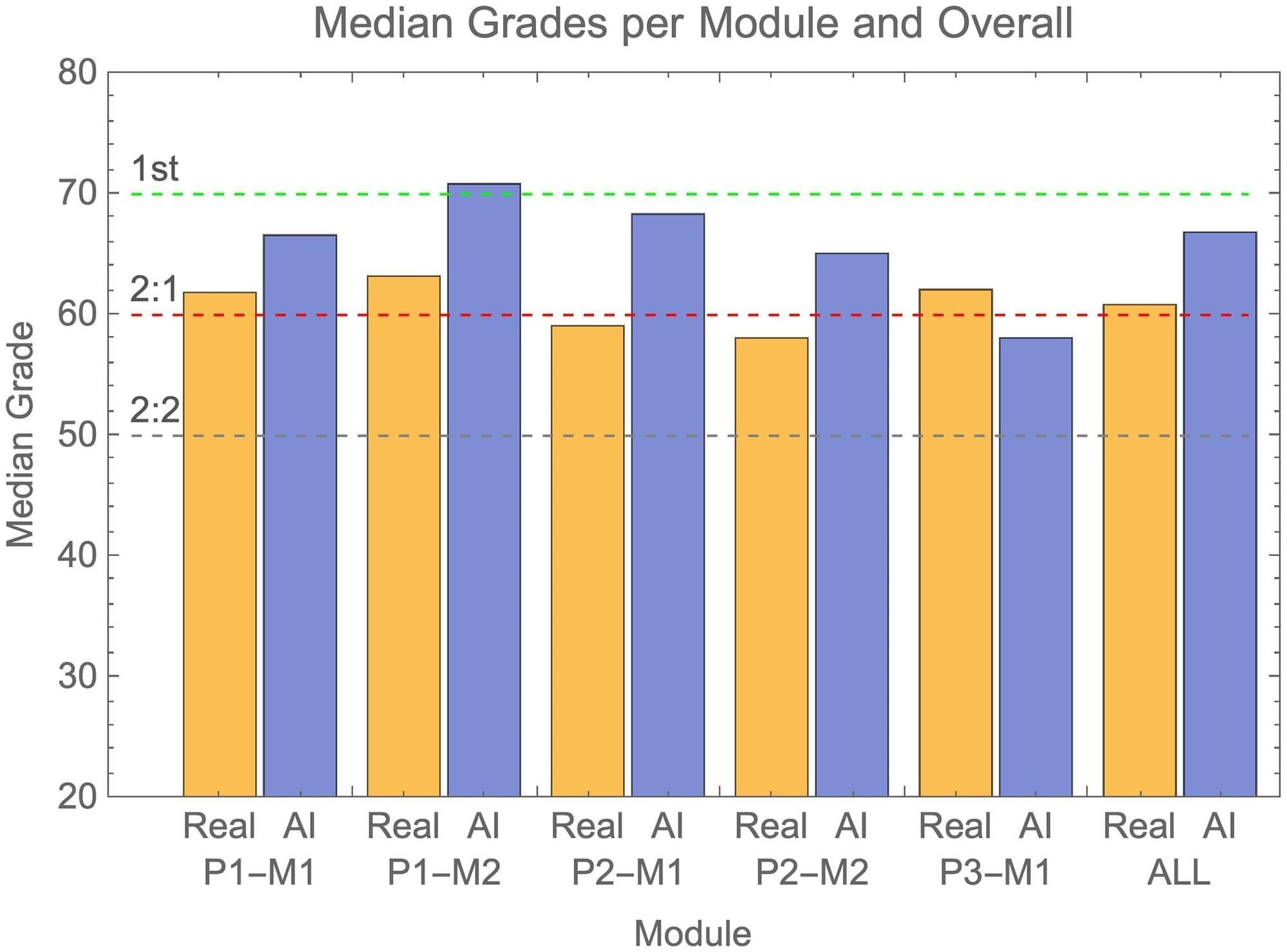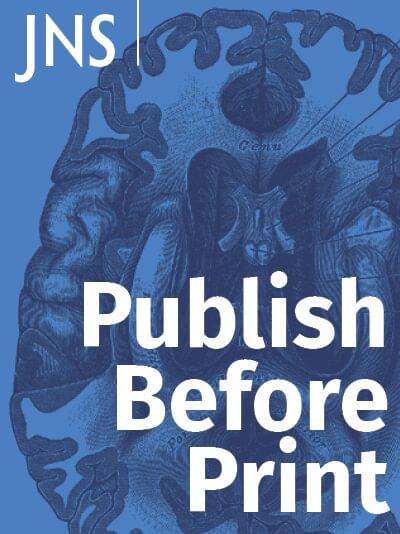Cinnamon consumption in large amounts could interfere with medication effectiveness, according to recent research. A study examines health implications and differences between cinnamon types.



A recent study conducted in southern Italy presented some surprising findings that linked the regular consumption of poultry to potential increases in gastrointestinal cancers and all-cause mortality. This has caused one question to arise — is eating chicken really as healthy as we think it is?
The study’s findings indicated that exceeding the weekly recommended amounts — that is, eating more than 300 grams (g) of poultry, such as chicken and turkey, per week — resulted in a 27% higher risk of all-cause mortality compared to eating moderate amounts.
Moreover, the research suggested that higher poultry intake was linked to a 2.3% increase in the risk of gastrointestinal cancers, with a higher observed risk among men at 2.6%. The findings were published in the journal Nutrients.
At the Artificiality Summit 2024, Michael Levin, distinguished professor of biology at Tufts University and associate at Harvard’s Wyss Institute, gave a lecture about the emerging field of diverse intelligence and his frameworks for recognizing and communicating with the unconventional intelligence of cells, tissues, and biological robots. This work has led to new approaches to regenerative medicine, cancer, and bioengineering, but also to new ways to understand evolution and embodied minds. He sketched out a space of possibilities—freedom of embodiment—which facilitates imagining a hopeful future of \.

The Food and Drug Administration’s approval in 2023 of lecanemab—a novel Alzheimer’s therapy shown in clinical trials to modestly slow disease progression—was met with enthusiasm by many in the field as it represented the first medication of its kind able to influence the disease. But side effects—brain swelling and bleeding—emerged during clinical trials that have left some patients and physicians hesitant about the treatment.
Medications can have somewhat different effects once they are released into the real world with broader demographics. Researchers at Washington University School of Medicine in St. Louis set out to study the adverse events associated with lecanemab treatment in their clinic patients and found that significant adverse events were rare and manageable.
Consistent with the results from carefully controlled clinical trials, researchers found that only 1% of patients experienced severe side effects that required hospitalization.

In a test of the examinations system of the University of Reading in the UK, artificial intelligence (AI)-generated submissions went almost entirely undetected, and these fake answers tended to receive higher grades than those achieved by real students. Peter Scarfe of the University of Reading and colleagues present these findings in the open-access journal PLOS ONE on June 26.
In recent years, AI tools such as ChatGPT have become more advanced and widespread, leading to concerns about students using them to cheat by submitting AI-generated work as their own. Such concerns are heightened by the fact that many universities and schools transitioned from supervised in-person exams to unsupervised take-home exams during the COVID-19 pandemic, with many now continuing such models. Tools for detecting AI-generated written text have so far not proven very successful.
To better understand these issues, Scarfe and colleagues generated answers that were 100% written by the AI chatbot GPT-4 and submitted on behalf of 33 fake students to the examinations system of the School of Psychology and Clinical Language Sciences at the University of Reading. Exam graders were unaware of the study.

Researchers in Australia have found evidence that bacteria that live in the nose can make their way into the brain through nasal cavity nerves, setting off a series of events that could lead to Alzheimer’s disease. The work adds to the growing body of evidence that Alzheimer’s may be initially triggered through viral or bacterial infections.
Chlamydia pneumoniae is a common bacterium that, as its name suggests, is a major cause of pneumonia, as well as a range of other respiratory diseases. But worryingly, it’s also been detected in the brain on occasion, indicating it could cause more insidious issues.
For the new study, researchers at Griffith University and the Queensland University of Technology set out to investigate how C. pneumoniae might get into the brain, and whether it could cause damage once there. The team already had an inkling about how this nose-dwelling bug might make the trek.

Proximal junctional kyphosis (PJK) and proximal junctional failure (PJF) remain difficult problems following correction of adult spinal deformity (ASD). The goal of this study was to perform a comprehensive evaluation of risk factors associated with PJK and PJF using advanced statistical methods through inverse probability weighting (IPW).
Patients who presented to the authors’ institution with symptomatic ASD from 2013 to 2021 and who underwent thoracolumbar fusion ending in the pelvis were included in the study. The primary outcomes were development of PJK and PJF following ASD correction. PJK was classified using Glattes’ criteria. PJF was defined as a proximal junctional angle 20° from preoperative measures or complications at the upper instrumented vertebra (UIV) including vertebral body fracture, instability, and/or hardware failure. Patient charts and images (radiography, CT, and MRI) were used to extract demographics, measures of sagittal and coronal balance on pre-and postoperative radiography, operative techniques, and bone health metrics. Propensity score generation with IPW was used to control for confounding variables.
In total, 187 patients were included in the study with a median follow-up of 24.6 months. Sixty-nine patients (36.9%) developed PJK, while 26 (13.9%) developed PJF. Kaplan-Meier analysis showed that both PJK and PJF largely occurred within the 1st year of index ASD correction. IPW showed that patients who developed PJK had a larger correction in the sagittal plane including global lumbar lordosis (p < 0.001) and sagittal vertical axis (p = 0.020). PJF development was associated with factors at the UIV including low Hounsfield units (p = 0.026) and cranially directed screws at the UIV (p = 0.040).
In this episode, Dr. Michael Levin, Distinguished Professor of Biology at Tufts University, joins Nathan to discuss embodied minds, his research into limb regeneration and collective intelligence, cognitive light cones, and much more. Dr. Levin and the Levin Lab work at the intersection of biology, artificial life, bioengineering, synthetic morphology, and cognitive science.
LINKS:
The Levin Lab and Dr. Michael Levin’s research: https://drmichaellevin.org/resources/
Dr Michael Levin’s blog: https://thoughtforms.life/about/
Tufts University Faculty Profile: https://as.tufts.edu/biology/people/f… Levin @ Wyss Institute: https://wyss.harvard.edu/team/associa… Dr. Levin’s Research on Limb Regeneration: https://news.uchicago.edu/how-bioelec… SPONSORS: The Brave search API can be used to assemble a data set to train your AI models and help with retrieval augmentation at the time of inference. All while remaining affordable with developer first pricing, integrating the Brave search API into your workflow translates to more ethical data sourcing and more human representative data sets. Try the Brave search API for free for up to 2000 queries per month at https://brave.com/api Omneky is an omnichannel creative generation platform that lets you launch hundreds of thousands of ad iterations that actually work customized across all platforms, with a click of a button. Omneky combines generative AI and real-time advertising data. Mention “Cog Rev” for 10% off www.omneky.com NetSuite has 25 years of providing financial software for all your business needs. More than 36,000 businesses have already upgraded to NetSuite by Oracle, gaining visibility and control over their financials, inventory, HR, eCommerce, and more. If you’re looking for an ERP platform ✅ head to NetSuite: http://netsuite.com/cognitive and download your own customized KPI checklist. X/SOCIAL @labenz (Nathan)@drmichaellevin (Michael) @CogRev_Podcast TIMESTAMPS: (00:00) Preview (01:07) Intro and brief summary (05:40) Xenobots, anthrobots and the other creatures created by Mike Levin (09:39) Bioelectric memory rewriting (15:01) Sponsor | BraveSearch API (16:09) The difficulty of conducting simulations, which involve running forward passes to predict and alter electrical patterns (20:30) The concept of backpropagation and mode switching in AI models (23:06) Why humans do not regenerate their limbs (37:10) Sponsor | Netsuite (39:40) Learning from small and biological systems onto the concept of possible emergence (45:16) The criticality of multiple scale questions and would a single scale? (55:49) The concept of the cognitive light cone (59:43) Advice on habits of mind and suggestions for inspiration on the AI side (1:13:36) Mike’s suggested directions for the AI developers (1:24:49) Wrap & Sponsor | Omneky The Cognitive Revolution is produced by Turpentine: a media network covering technology, business, and culture. Producer: Vivian Meng Editor: Graham Bessellieu For sponsor or guest inquiries, email: [email protected] Music licenses: ABZUSWHJII08TSRH 376I29BQPJASOLX2
Michael Levin @ Wyss Institute: https://wyss.harvard.edu/team/associa…
Dr. Levin’s Research on Limb Regeneration: https://news.uchicago.edu/how-bioelec…
SPONSORS:
The Brave search API can be used to assemble a data set to train your AI models and help with retrieval augmentation at the time of inference. All while remaining affordable with developer first pricing, integrating the Brave search API into your workflow translates to more ethical data sourcing and more human representative data sets. Try the Brave search API for free for up to 2000 queries per month at https://brave.com/api.
Omneky is an omnichannel creative generation platform that lets you launch hundreds of thousands of ad iterations that actually work customized across all platforms, with a click of a button. Omneky combines generative AI and real-time advertising data. Mention \.
In this episode, Dr. Michael Levin, Distinguished Professor of Biology at Tufts University, joins Nathan Labenz of @CognitiveRevolutionAI Podcast to discuss embodied minds, his research into limb regeneration and collective intelligence, cognitive light cones, and much more. Dr. Levin and the Levin Lab work at the intersection of biology, artificial life, bioengineering, synthetic morphology, and cognitive science.
Nathan just recorded a second episode with Michael Levin, on view at • Convergent Evolution: The Co-Revoluti… — 📰 Be notified early when Turpentine’s drops new publication: https://www.turpentine.co/exclusiveac… RECOMMENDED PODCAST: 🎙️ @CognitiveRevolutionPodcast The Cognitive Revolution is a podcast about AI where hosts Nathan Labenz and Erik Torenberg interview the builders on the edge of AI and explore the dramatic shift it will unlock over the next decades. Spotify: https://open.spotify.com/show/6yHyok3… Apple: https://podcasts.apple.com/us/podcast… — SPONSORS: 🎙️ Dealcraft | Insights from Great Negotiators https://link.chtbl.com/3CG3TbHY?sid=T… is the brand new weekly podcast that features interviews with world’s greatest dealmakers and diplomats, including Former Secretary of State Henry Kissinger, Blackstone CEO Steve Schwarzman, and music industry super-lawyer John Branca, on their most challenging negotiations. Each episode, host Jim Sebenius (Harvard Business School professor and renowned negotiation expert) relates fascinating deal stories and distills useful insights for listeners to apply in their toughest deals and disputes. 📝 Notion offers powerful workflow and automation templates, perfect for streamlining processes and laying the groundwork for AI-driven automation. With Notion AI, you can search across thousands of documents from various platforms, generating highly relevant analysis and content tailored just for you — try it for free at https://www.notion.com/product/ai?utm… 💥 Head to Squad to access global engineering without the headache and at a fraction of the cost: head to https://choosesquad.com/ and mention “Turpentine” to skip the waitlist. — LINKS: The Levin Lab and Dr. Michael Levin’s research: https://drmichaellevin.org/resources/ Dr Michael Levin’s blog: https://thoughtforms.life/about/ Tufts University Faculty Profile: https://as.tufts.edu/biology/people/f… Michael Levin @ Wyss Institute: https://wyss.harvard.edu/team/associa… Dr. Levin’s Research on Limb Regeneration: https://news.uchicago.edu/how-bioelec… — X / TWITTER: @labenz (Nathan) @drmichaellevin (Michael) @CogRev_Podcast @TurpentineMedia — TIMESTAMPS: (00:00) Intro (04:50) Xenobots, anthrobots and the other creatures created by Mike Levin (08:50) Bioelectric memory rewriting (14:09) Sponsors: Dealcraft | Notion (16:17) The difficulty of conducting simulations, which involve running forward passes to predict and alter electrical patterns (20:38) The concept of backpropagation and mode switching in AI models (23:12) Why humans do not regenerate their limbs (37:10) Sponsor: Squad (38:19) Learning from small and biological systems onto the concept of possible emergence (45:01) The criticality of multiple scale questions and would a single scale? (55:40) The concept of the cognitive light cone (59:34) Advice on habits of mind and suggestions for inspiration on the AI side (1:13:19) Mike’s suggested directions for the AI developers (1:23:41) Wrap.
📰 Be notified early when Turpentine’s drops new publication: https://www.turpentine.co/exclusiveac…
—
RECOMMENDED PODCAST:

OBJECTIVE The aim of this study was to evaluate the cortical nonenhancing tumor infiltration (CONTIN) sign as a predictive imaging biomarker for IDH-mutant gliomas, including diffuse gliomas with and without contrast enhancement. METHODS Imaging data were collected from patients with diffuse gliomas (grades 2–4) at Beijing Tiantan Hospital (BTH) from January 2019 to December 2021 (training set, n = 526) and from the University of California, San Francisco, preoperative diffuse glioma MRI dataset (UCSF PDGM; validation set, n = 501). Two independent reviewers assessed the CONTIN sign and other radiological features to develop a diagnostic strategy. RESULTS Interrater agreement for the CONTIN sign was almost perfect (κ = 0.812). In the BTH cohort, the prevalence of the CONTIN sign in IDH-mutant gliomas was 90.1% overall, with a rate of 92.2% (106÷115) in contrast-enhancing gliomas and 88.9% (168÷189) in nonenhancing gliomas. In the UCSF PDGM cohort, the overall prevalence was 85.4%, with 81.4% in contrast-enhancing gliomas and 88.3% in nonenhancing gliomas. In contrast-enhancing gliomas, the CONTIN sign significantly improved sensitivity compared with the T2-FLAIR mismatch (T2FMM) sign, with an increase from 14.8% to 92.2% in the BTH cohort and from 23.3% to 81.4% in the UCSF PDGM cohort. Additionally, the CONTIN sign had a high specificity (82.8% in the BTH cohort, 87.4% in the UCSF PDGM cohort) and negative predictive value (94.6% in the BTH cohort, 97.6% in the UCSF PDGM cohort). By integrating the CONTIN sign with T2FMM, contrast enhancement, age at diagnosis, and other features, a reliable diagnostic protocol for IDH-mutant gliomas was established. CONCLUSIONS The CONTIN sign was a robust imaging biomarker for identifying IDH mutation status in diffuse glioma, particularly for those with contrast enhancement. Preoperative knowledge of IDH mutation status can enhance patient counseling and inform treatment decision-making.